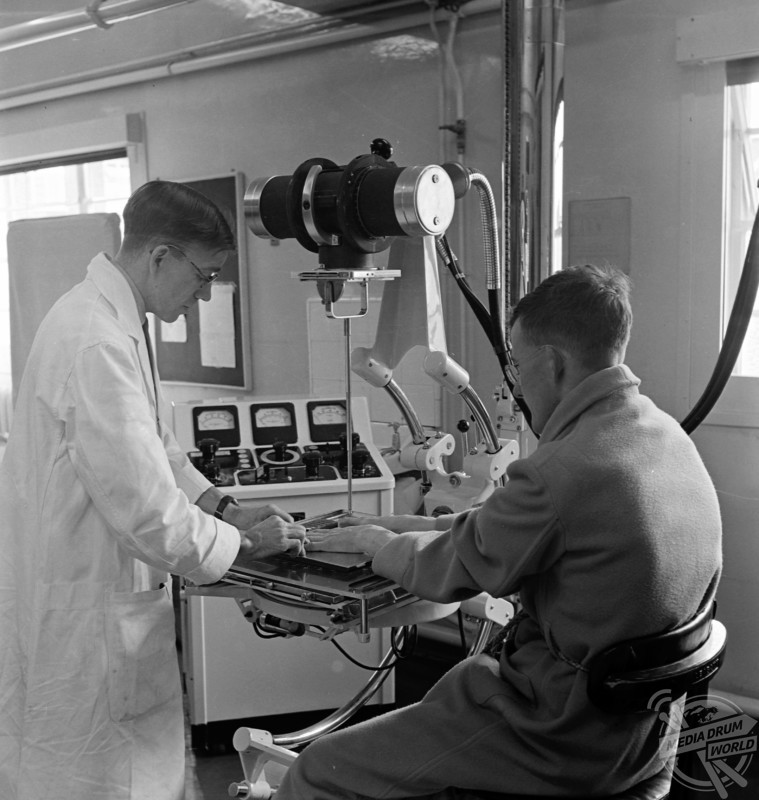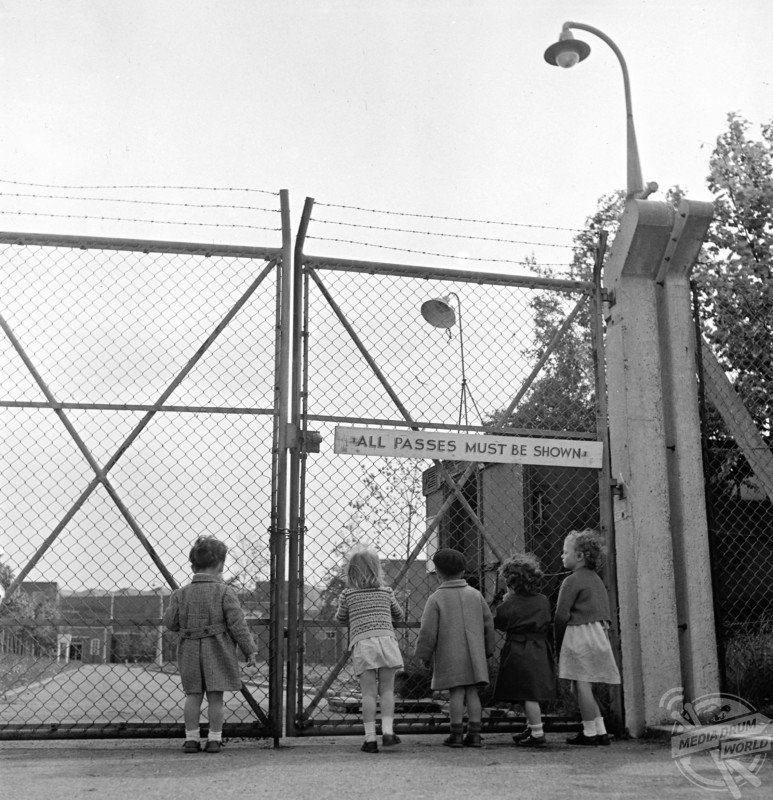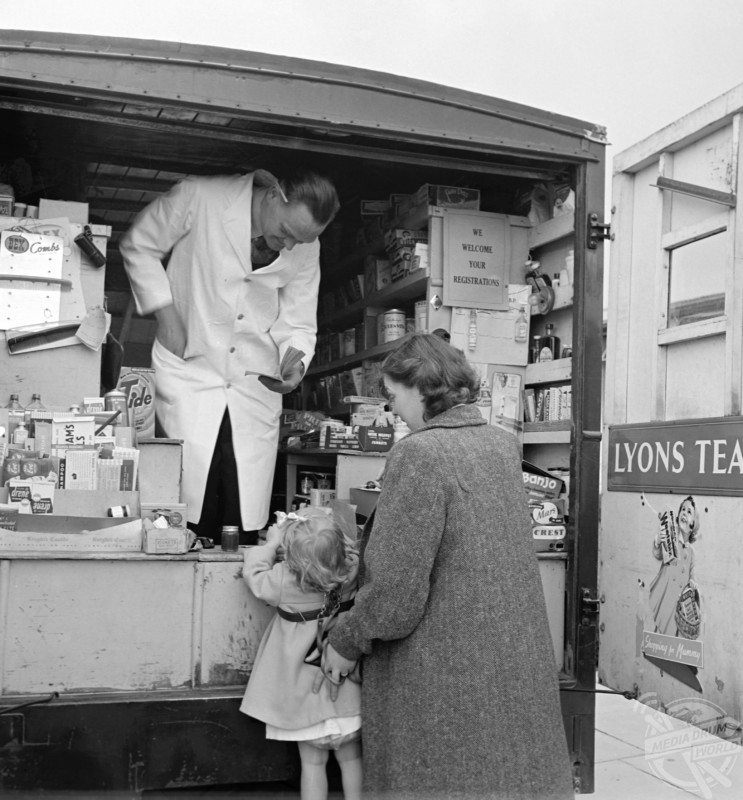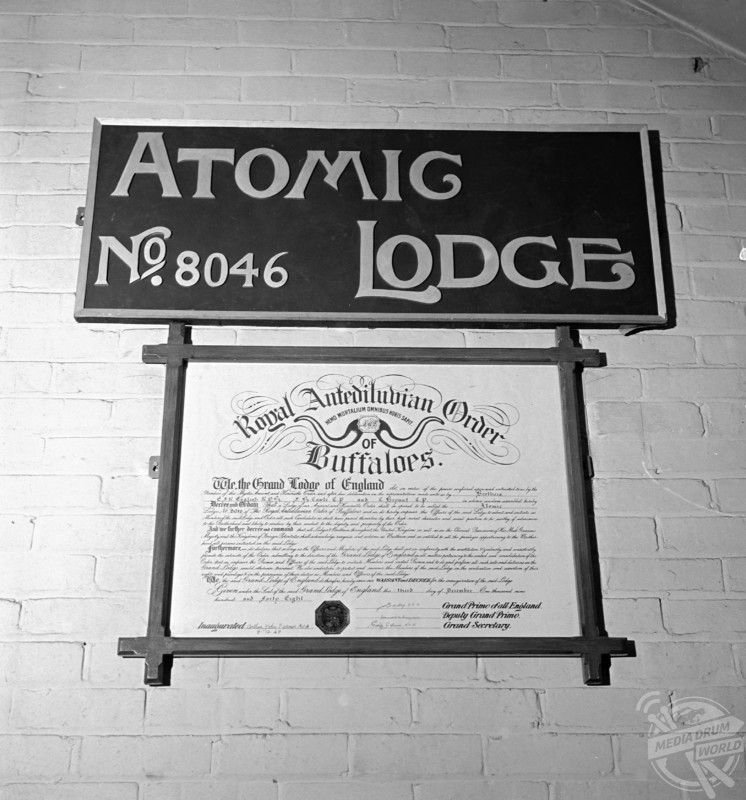
By Alex Jones
FASCINATING vintage photos show the UK’s ‘Atomic Town’ created in 1946 – home to countless nuclear families, a doomed ‘fusion’ experiment, and 14 nuclear reactors.
The remarkable photos capture everyday life in The Atomic Energy Research Establishment (A.E.R.E.) which was set up in 1946 in Harwell, Oxfordshire on the site of an RAF airfield.

The photos show a man keenly attending his tiny vegetable garden, school children playing at their prefab school, and youngsters playing on the street outside their utilitarian housing.
Another captivating picture, taken in 1951, shows members of the A.E.R.E Ladies Cricket Club swinging the willow at a team practise.

Considered the birthplace of the UK nuclear industry, the Atomic Energy Research Establishment was the main centre for atomic energy research and development in the United Kingdom from the 1940s to the 1990s.
As the site grew it was known locally as ‘The Atomic’ and two prefab single-storey housing estates were quickly erected to house the influx of workers that came to Harwell to work, resulting in a friendly, close-knit community of several thousand people.

There were several significant achievements at Harwell. In 1947, the GLEEP test reactor on site generated nuclear energy for the first time in Europe. In addition, ‘Rutherford Cable’ was first manufactured at Harwell and went on to become a key component in CERN’s Large Hadron Collider and CADET was assembled on the site, the world’s first transistorised computer.
One of the most significant experiments to occur at AERE was the ZETA fusion power experiment. An early attempt to build a large-scale nuclear fusion reactor, the project was started in 1954, and the first successes were achieved in 1957. In 1968 the project was shut down, as it was believed that no further progress could be made with ZETA’s specific model.

In 1990, Major nuclear research projects finished at Harwell but it is still a hive of scientific excellence, with over 6,000 people still employed at the site’s campus.






